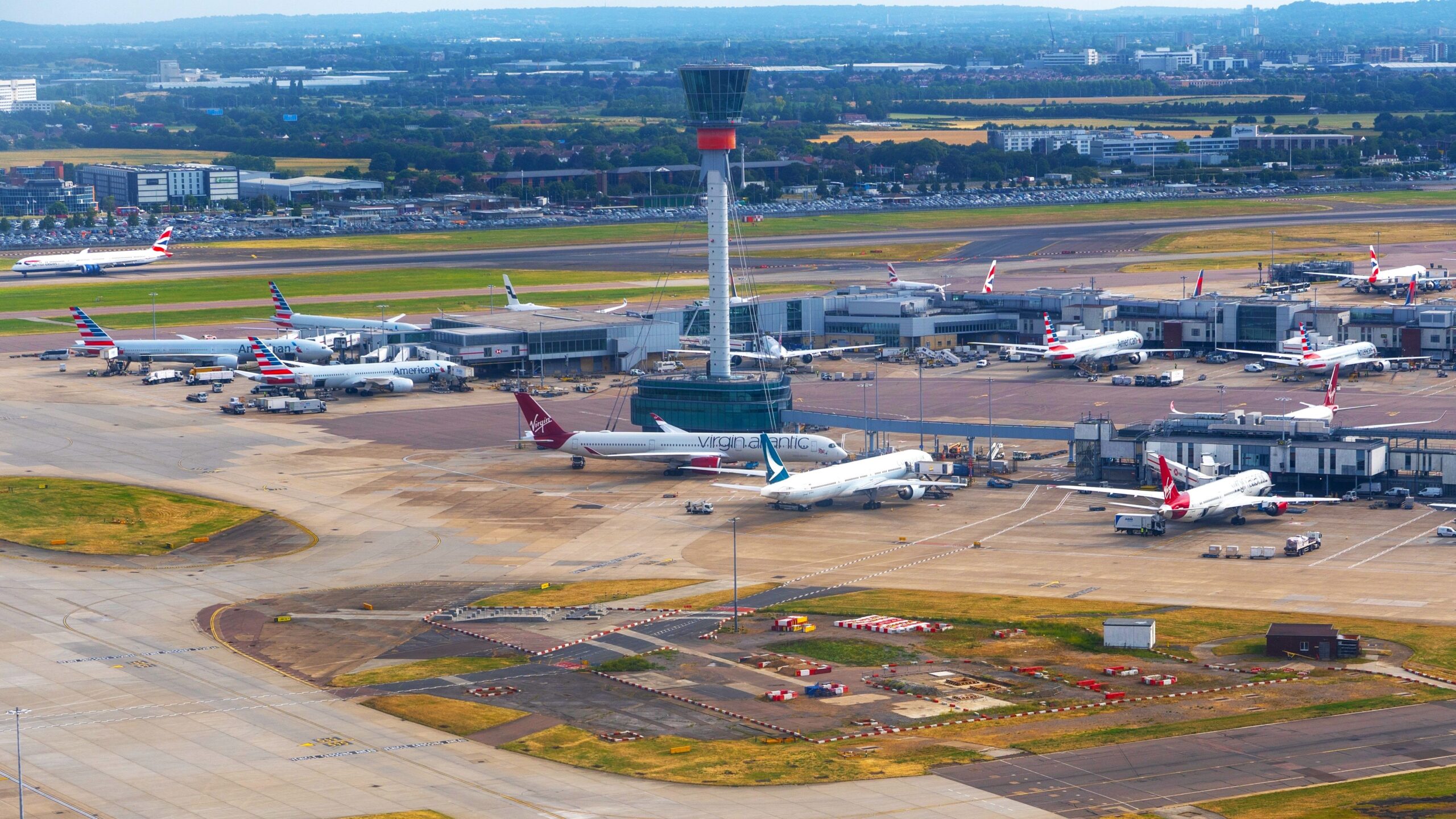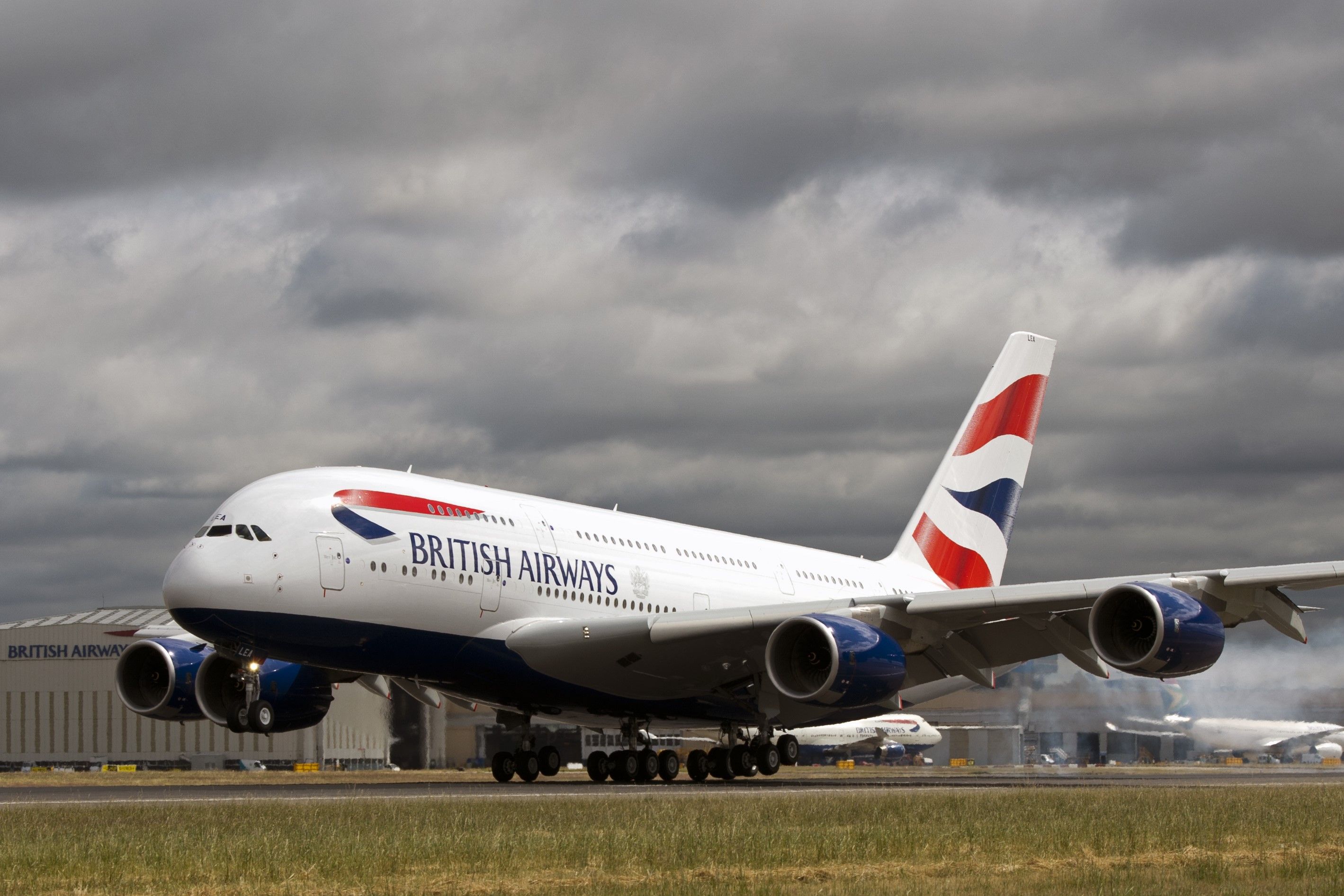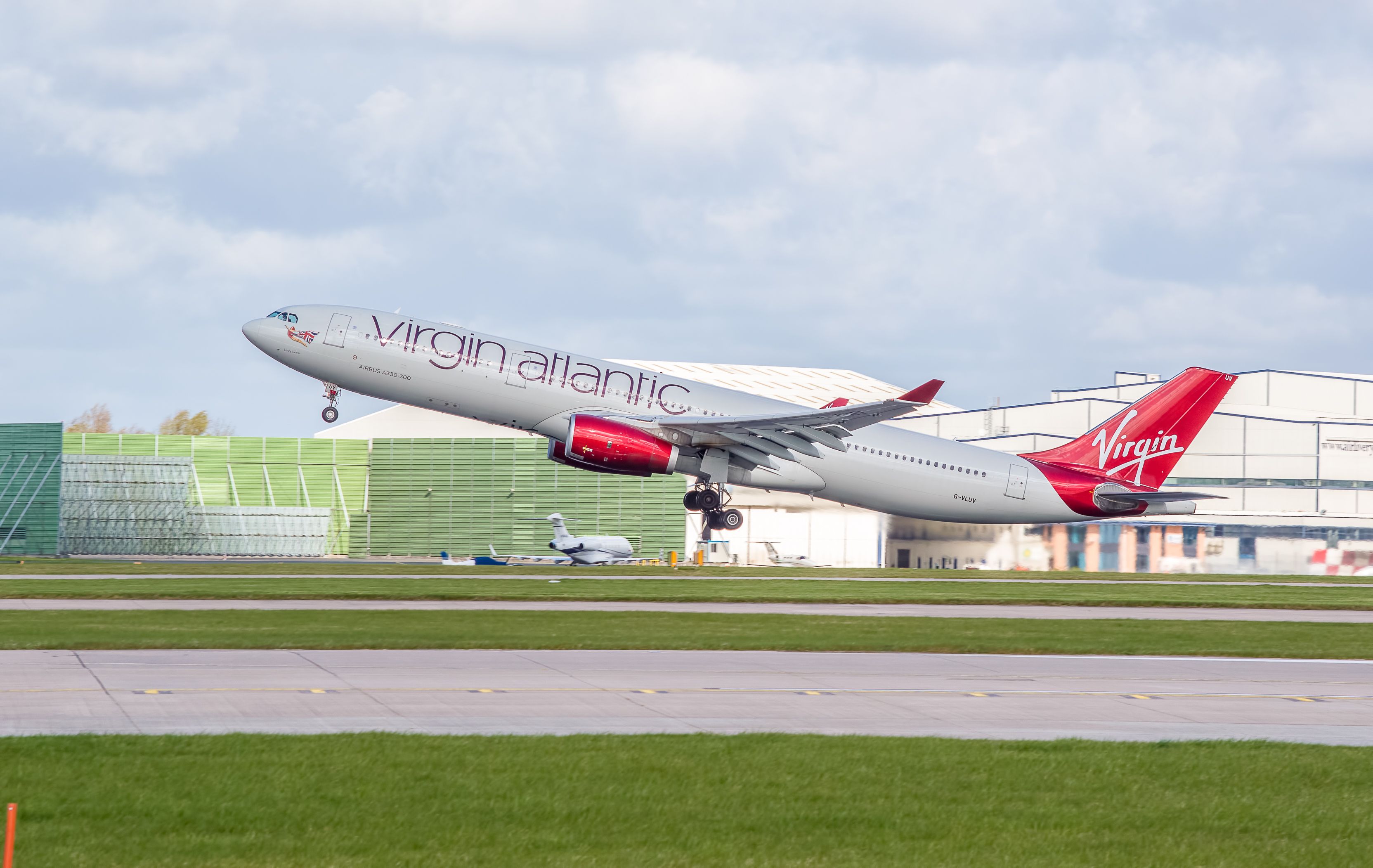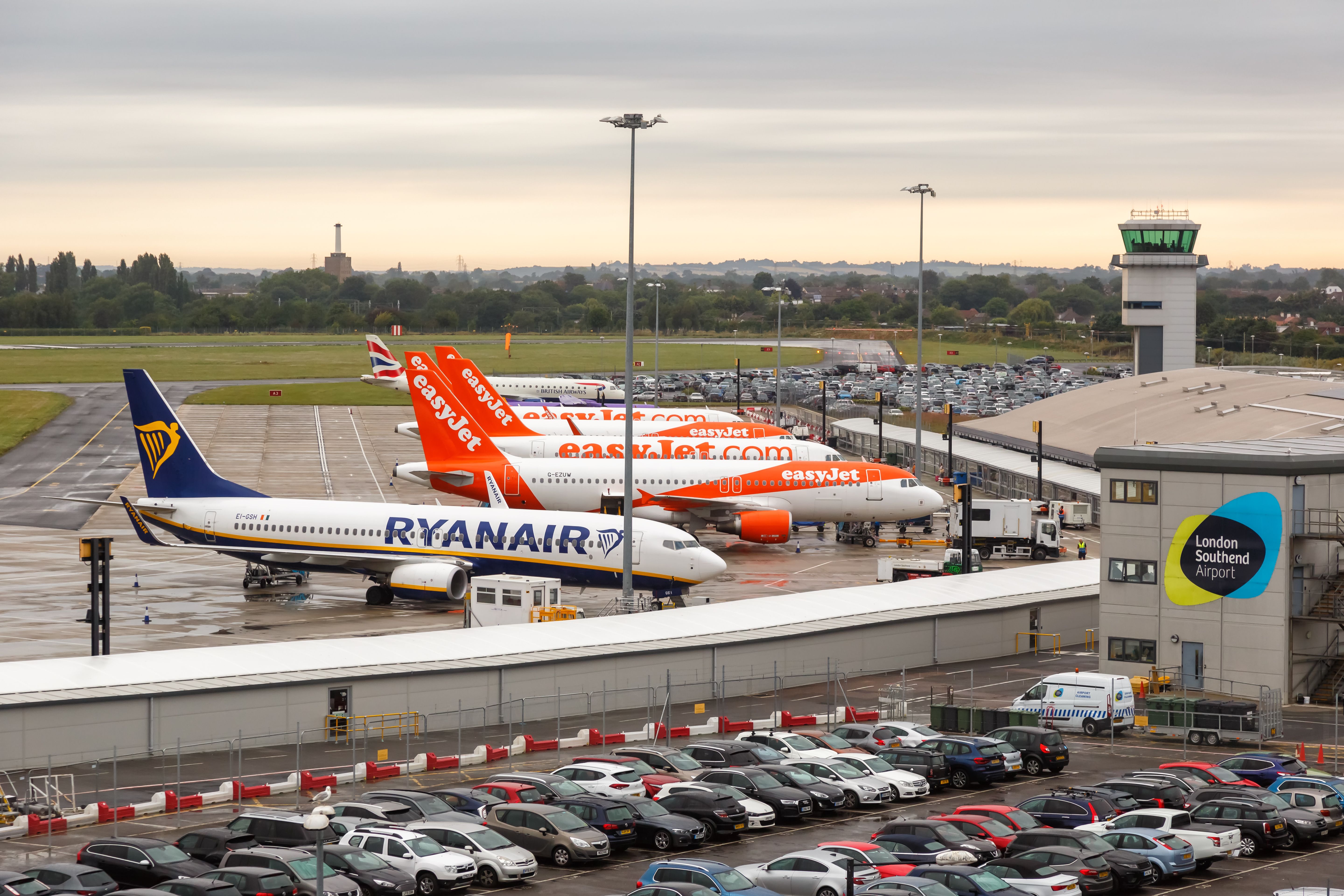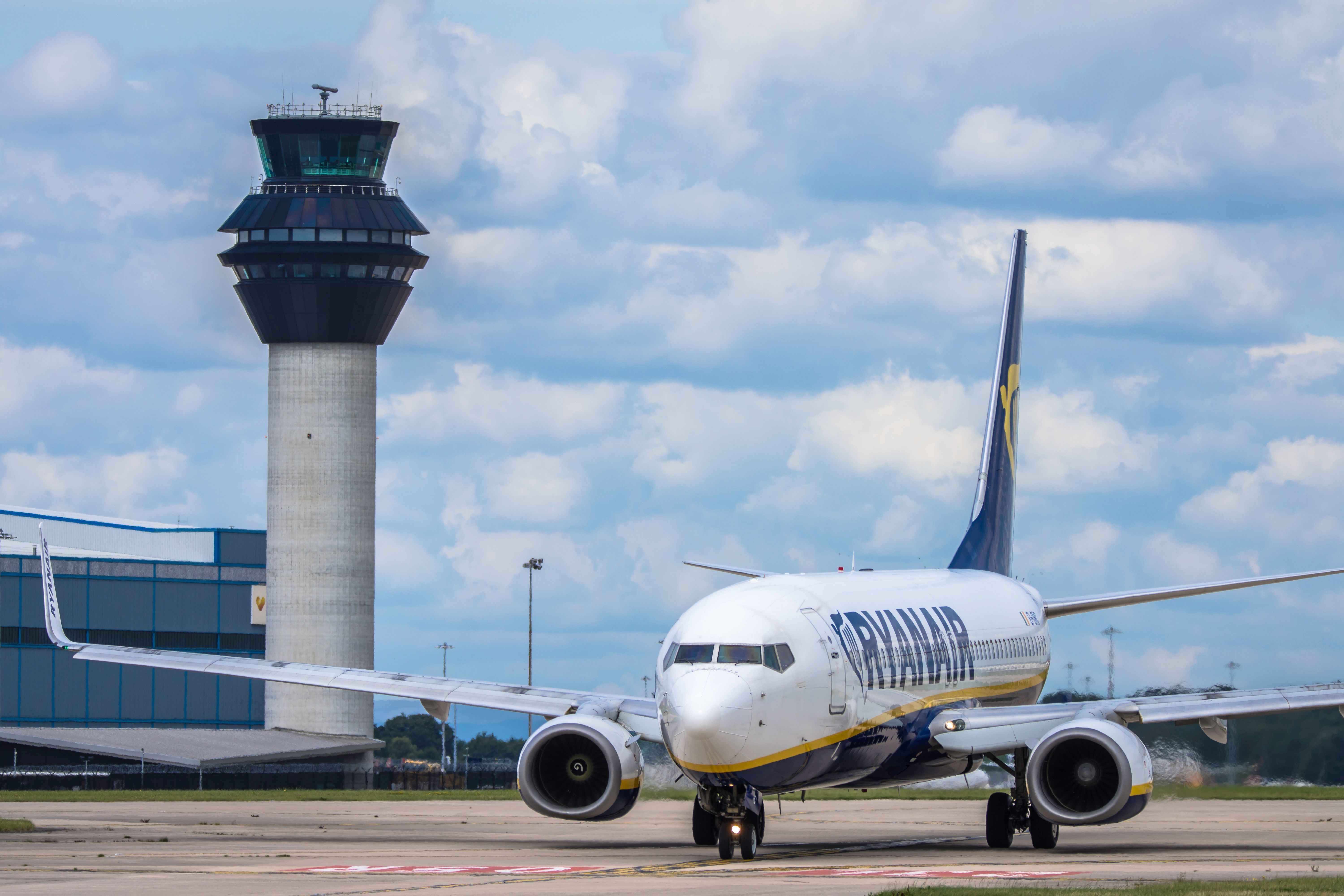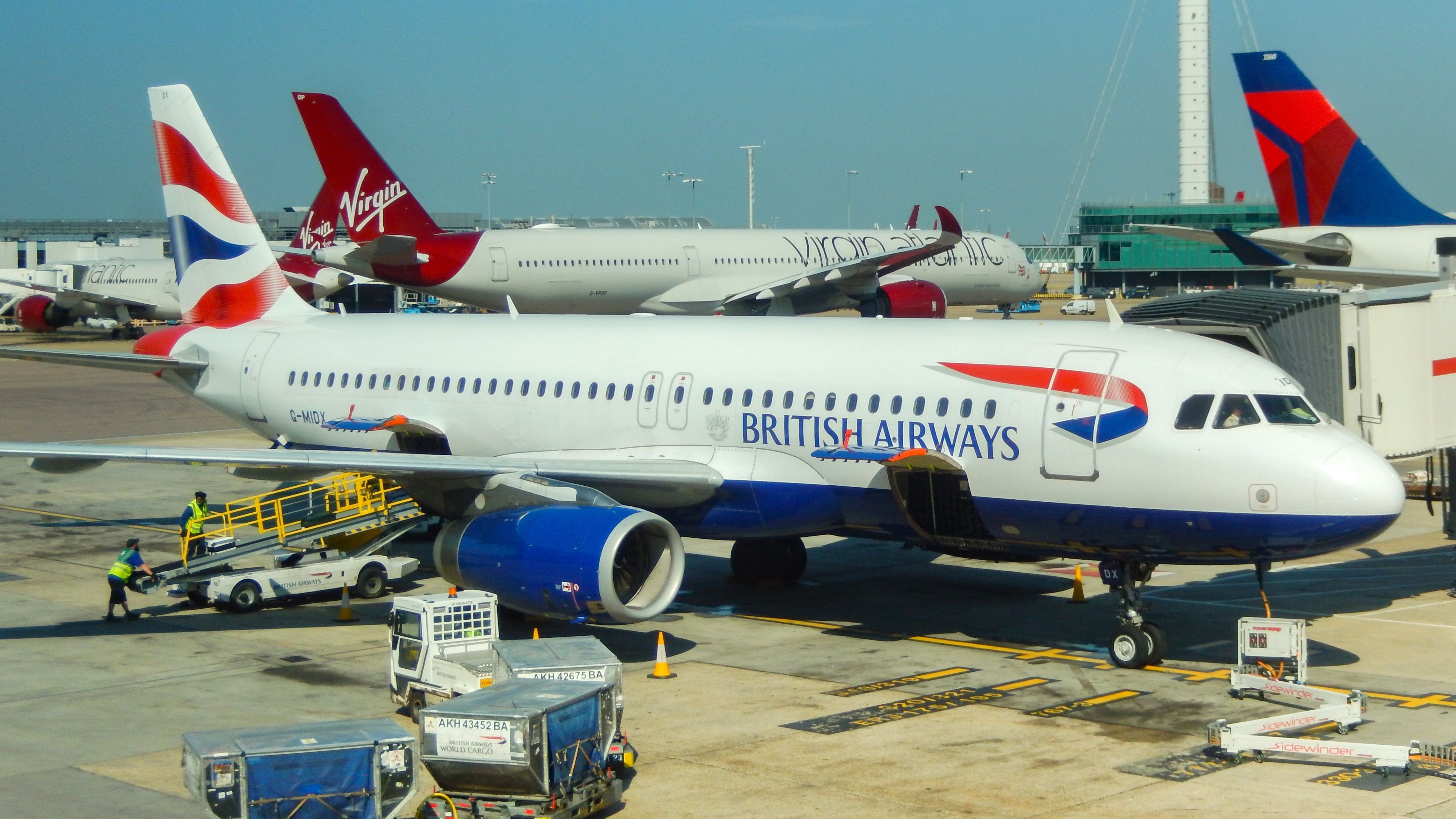Summary
- Air travelers purchasing flight tickets must be aware that taxes, surcharges, and duties make up the majority of the ticket cost, with government taxes and additional charges like fuel and environmental surcharges significantly increasing the price.
- The Air Passenger Duty (APD) is an additional tax charged on UK flight departures, adding up to £175 to a ticket. It was introduced in 1993 as an alternative to taxing aviation fuel and is not ring-fenced for any specific use.
- APD rates have significantly increased since its introduction, with different rates based on flight distance and cabin class. There are also variations in rates for flights departing from Scotland and Northern Ireland. The UK government plans to increase the rates in 2021, but there are hopes for future revisions to support the aviation sector.
Air travelers purchasing flight tickets must have noticed that the air carrier charges are only a small portion of the total airfare. Taxes, surcharges, and duties generally amount to the majority of the cost of the ticket. Like any other purchase, government taxes do apply. However, other costs, such as fuel, airport, and environmental surcharges, spike the ticket cost for the traveler.
The Air Passenger Duty (APD) is a similar surcharge added on the flight departing from the United Kingdom. It is an added tax on top of other taxes, considered an alternative to the fuel surcharge banned in many European countries. Introduced in 1993, the tax adds up to £175 to a ticket for a flight departing from the UK. While it is not charged on arriving flights, most travelers arriving in the UK end up paying the tax upon departure from the country.
In 2023, the UK government has agreed to cut air traveler taxes by a significant amount. This article explores the history of ADP, how it works, and further insights into how travelers can save money on ADP.
Adding APD
APD is an additional tax charged on UK flight departures on top of other taxes. It applies to all flight departures from the UK (but not to arrivals). It makes taxes in the UK among the highest in the world. This was not always the case, though.
Photo: London Heathrow Airport
APD was only introduced in 1993 (and charged from 1994) by the Conservative Chancellor at the time, Kenneth Clarke. This is viewed as an alternative to taxing aviation fuel, which is banned in many countries, including the EU. Talking to the Independent, Kenneth Clarke explained the thinking behind its introduction. He said:
“I decided that aviation was in an unusual position in that it’s the only form of transport where no one was paying any tax on the fuel that it uses. For me, that was an anomaly, not least because people who use aviation tend to be slightly more prosperous than those who use other forms of transport.”
Although there has been discussion about the tax helping towards emissions reduction and carbon offsetting in aviation, it is not ring-fenced for any particular use. Nor is it based on the size or efficiency of aircraft.
Photo: Craig Russell | Shutterstock
The APD rates today
APD rates have risen significantly since they were introduced. The initial rate in 1994 was £5 on European flights and £10 on long-haul flights. These have since increased and have been split into higher rates for premium cabins. Before 2015, there were four distance bands; this is now just two.
Photo: Markus Mainka | Shutterstock
The last significant changes to the rates were in 2019. As of 2020, there are four main rates, applied by flight distance and cabin flown as follows:
|
APD Band |
Reduced Rate (in lowest class) |
Standard Rates (in any other cabin) |
|---|---|---|
|
Band A (up to 2,000 miles) |
£13 |
£26 |
|
Band B (over 2,000 miles) |
£78 |
£172 |
Some important points to note about these rates include:
- The band distance is not, in fact, the length of the flight. It is the distance from London to the capital city of the destination country.
- APD does not apply to under-16s traveling in economy class (this has applied since 2016).
- For connecting flights, it is the final destination that sets the rate. It is not charged for each flight.
- Also, note a planned rate increase on April 1st, 2021. The Band A rates will remain the same, but Band B rates will increase to £82 and £180.
- There is also a higher ‘general aviation’ rate for aircraft over 20 tonnes carrying under 19 passengers. This is £78 and £515 for short and long-haul.
- Full details and terms of rates can be seen on the UK government’s website.
APD in Scotland and Northern Ireland
Rates differ slightly in Scotland and Northern Ireland. In particular:
- APD does not apply to flights departing from the Scottish Highlands and Islands region (including Inverness).
- For flights starting in Northern Ireland, there is no APD on a direct flight to a long-haul Band B destination. Rates still apply to Band A destinations and flights connecting en route to a Band B destination.
Scotland has been looking at taking this further as part of devolved APD. In 2017, it proposed a lower APD from all Scottish airports, first at 50% of the UK rate, and later hopefully eliminating it. Since 2019, though, these plans have been dropped.
Photo: Karl Weller/Shutterstock
Who pays APD?
In theory, APD is paid by each passenger. The rate is entirely based on passenger load (unlike other airline fees, such as landing fees), and most airlines will show it separately as part of the total fare paid. Passengers, of course, consider the overall ticket fare, and as such, they may choose alternatives (such as longer connecting flights) that avoid the fee or not fly at all.
Furthermore, some fares are set so low that the airline is topping up the fare to cover APD and other taxes. Promotion fares on low-cost airlines can be as low as £10, lower than the APD level. British Airways also offers a Reward Flight Saver product where short-haul flights paid for with Avios have a fee of just £17.50 each way (again, lower than the APD and UK fees).
APD going forward
APD raises significant revenue for the UK government, but no doubt it harms many airlines. It is not just costly; it also makes many UK routes less attractive for airlines. For example, Norwegian cited APD as a leading reason for dropping Edinburgh to New York flights. And APD was a significant factor in the demise of UK airline Flybe.
Photo: Ceri Breeze | Shutterstock
Many airlines and industry bodies have criticized the failure to remove or lower APD during the pandemic. Even in good times, it is hard for airlines to compete against European options.
In the future, there are hopes that APD will be revised. Now that the UK has left the EU, it can alter domestic and international rates, and perhaps it will do so. While many airlines are pushing for this, the government has not yet committed. Rates will still increase in 2021, not reduced.
Would you like to share any thoughts on UK APD and taxation? Is this something that should change to help the aviation sector? Let us know your thoughts in the comments.

